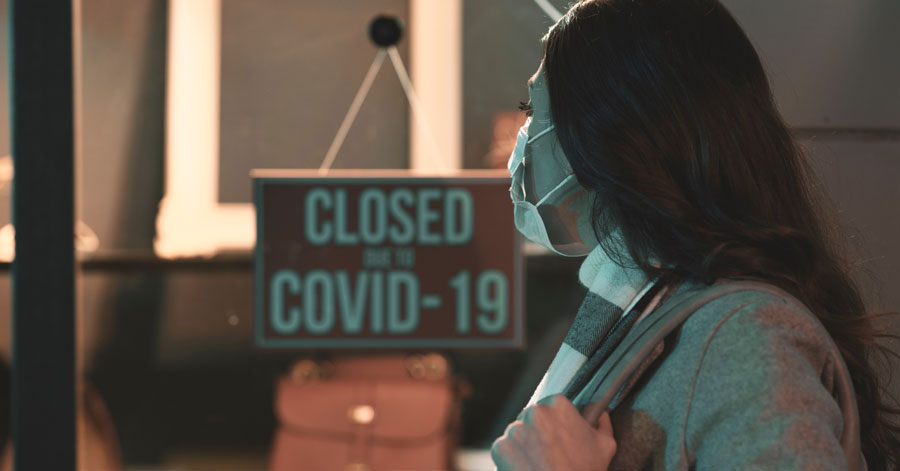2 min read
How Hard Has the BA Market Been Hit by COVID-19 Lockdowns?
 Rachel Uctas
:
May 27, 2020 12:00:00 AM
Rachel Uctas
:
May 27, 2020 12:00:00 AM

The COVID-19 pandemic has revealed and intensified challenges within the international butyl acrylate market to an extent not previously seen. Certain industrial sectors in have been crushed by the containment measures, with the worst affected being the global automotive industry. As car manufacturers closed down in an effort to contain the pandemic, all related businesses have had to bear the brunt of a significant loss of demand volume. Construction applications have not fared much better. The combined effect on the BA market has been quite a heavy blow which has weighed on prices in all regions. The European BA market has been badly affected by the rapid erosion in demand from key sectors, and the oversupply situation has put pressure on profit margins.
Even before the pandemic crisis struck, BA prices had been soft, leaving European producers with low margins and a very limited ability to increase prices. There is no change on the horizon in the short term to indicate any upward push in price direction. Whilst some sectors such as adhesives and printing inks have reported comparatively good demand during the COVID-19 crisis, this has in no sense made up for the loss of demand in the major downstream sectors.
It seems likely that some capacity rationalization may be the result of this unprecedented slowdown in international demand for butyl acrylate, but the ability of downstream markets to recover will be key to the decision-making process. Tecnon OrbiChem’s supply/demand database indicates where and when the pinch points in supply and demand will occur. The analysis and commentary in the Acrylic Acid and Acrylate Esters Chemical Business Focus will demonstrate which plants might be vulnerable in these difficult times.
Chinese producers had already struggled to run BA plants at reasonable rates at times during the past year, and profitability had been low. A heavily oversupplied market and faltering demand compounded the situation as the coronavirus lockdowns struck. At times producers cut rates or even shut plants to minimize loss. Run rates in China fell to levels as low as low as 30-40% in early March, in line with the demand volume at the time. In May, there has been some recovery in the domestic Chinese market, although export demand remains subdued. This is especially the case with India, which has increasingly become the major destination for Chinese BA exports. In March 2020, India received over 55% of the total BA volume exported from China. Once trade statistics for April and May become available, a significant contraction in BA exports to India is expected to become apparent as India was under total lockdown for much of this period.
At present, the startup date of Bharat Petroleum’s new acrylic acid and acrylates plant in Kochi, India is slated for the third quarter, having been delayed several times already. The plant will include a 180 ktpa BA unit. It is not clear whether this start-up timeframe is still achievable in the current circumstances. Once the plant does start commercial production, there will still be a need for imports into India, but this will be reduced. Also, increased customs duties have been announced by the Indian authorities, bringing the current 5% duty on BA to 7.5% for imports into India. Growth in demand in India remains one of the highest globally, and although there will be implications in the short term from the COVID-19 pandemic, growth will probably remain higher than in most other regions.
The new Indian BA production was a fundamental change that the market had already been preparing for before the pandemic came on the horizon. Now, with demand growth contracting significantly in 2020, the prospects for the butyl acrylate market have become even more of a challenge.
Subscribe to our blog to stay up to date on the latest issues impacting the global chemical market.




